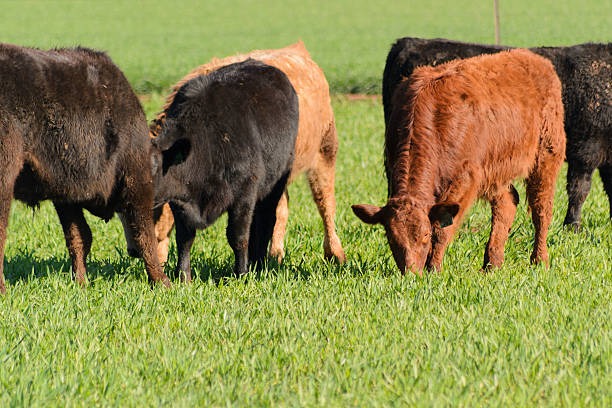Managing a productive pasture for your sheep is one of the most effective ways to lower feed costs, support flock health, and promote sustainable grazing. But achieving high-yield grazing requires more than just letting your sheep roam—successful pasture management starts with smart seeding strategies.
This guide’ll cover practical tips to help you select the right seed, improve forage growth, and maintain a healthy grazing cycle that supports your sheep year-round.
Know Your Soil Before You Sow
Before selecting any seed, conduct a soil test to determine pH levels, nutrient deficiencies, and soil texture. Sheep thrive on pastures that grow nutrient-dense forages, but if your soil is too acidic or lacks key nutrients like nitrogen or phosphorus, even the best seed won’t perform well.
A simple soil test kit or local extension office can give you the data you need to amend your soil accordingly before planting.
Choose the Right Forage for Sheep
Sheep are selective grazers and prefer tender, leafy forages. The ideal pasture for them includes a mix of:
- Cool-season grasses such as orchardgrass, fescue, and ryegrass
- Legumes like white clover or birdsfoot trefoil for added protein and nitrogen fixation
- Herbs like chicory or plantain, which provide trace minerals and aid digestion
This diversity improves palatability and supports soil health and grazing resilience throughout the year.
Use High-Quality Seed
Investing in high-quality seed pays off in pasture longevity and yield. Look for seed mixes with high germination rates, low weed seed content, and varieties suited to your region’s climate.
You’ll find many reputable options, including pasture seed from Nature’s Seed, which offers blends specifically formulated for livestock grazing and regional growing conditions. Using trusted sources helps ensure your pasture gets off to a strong start.
Time Your Seeding Strategically
Timing matters—especially if you’re overseeding or renovating existing pasture. In most regions, early fall or spring are the best times to seed because of ideal soil moisture and temperatures for germination.
When overseeding, mow the existing pasture short and lightly harrow or rake to expose soil. This improves seed-to-soil contact and gives new seedlings a better chance to take hold before they face heavy grazing pressure.
Plan for Rotational Grazing
Once your pasture is established, rotational grazing helps maintain forage quality and reduces overgrazing. Divide your pasture into paddocks and rotate sheep through them, allowing grazed sections time to recover.
Aim to move sheep when forage is grazed down to about 3–4 inches and let it regrow to 6–8 inches before returning. This system not only supports better plant health but also reduces parasite loads and compaction.
Monitor and Reseed as Needed
Even well-managed pastures lose density over time. Each year, walk your pasture and assess bare spots, thinning stands, or areas overtaken by weeds. Spot-seeding or overseeding can revitalize these zones and extend the life of your pasture.
Keep an eye on how your sheep are using the space—if they consistently avoid certain areas, it may signal an issue with forage palatability, soil health, or moisture retention.
Set Your Flock Up for Long-Term Success
High-yield grazing doesn’t happen by accident. You can create a thriving pasture that supports healthy sheep and better productivity with the right seed selection, good soil prep, and thoughtful grazing practices.
Whether you’re managing a small homestead or a growing flock, investing in good pasture planning and pasture seed from Nature will pay off for seasons to come.


